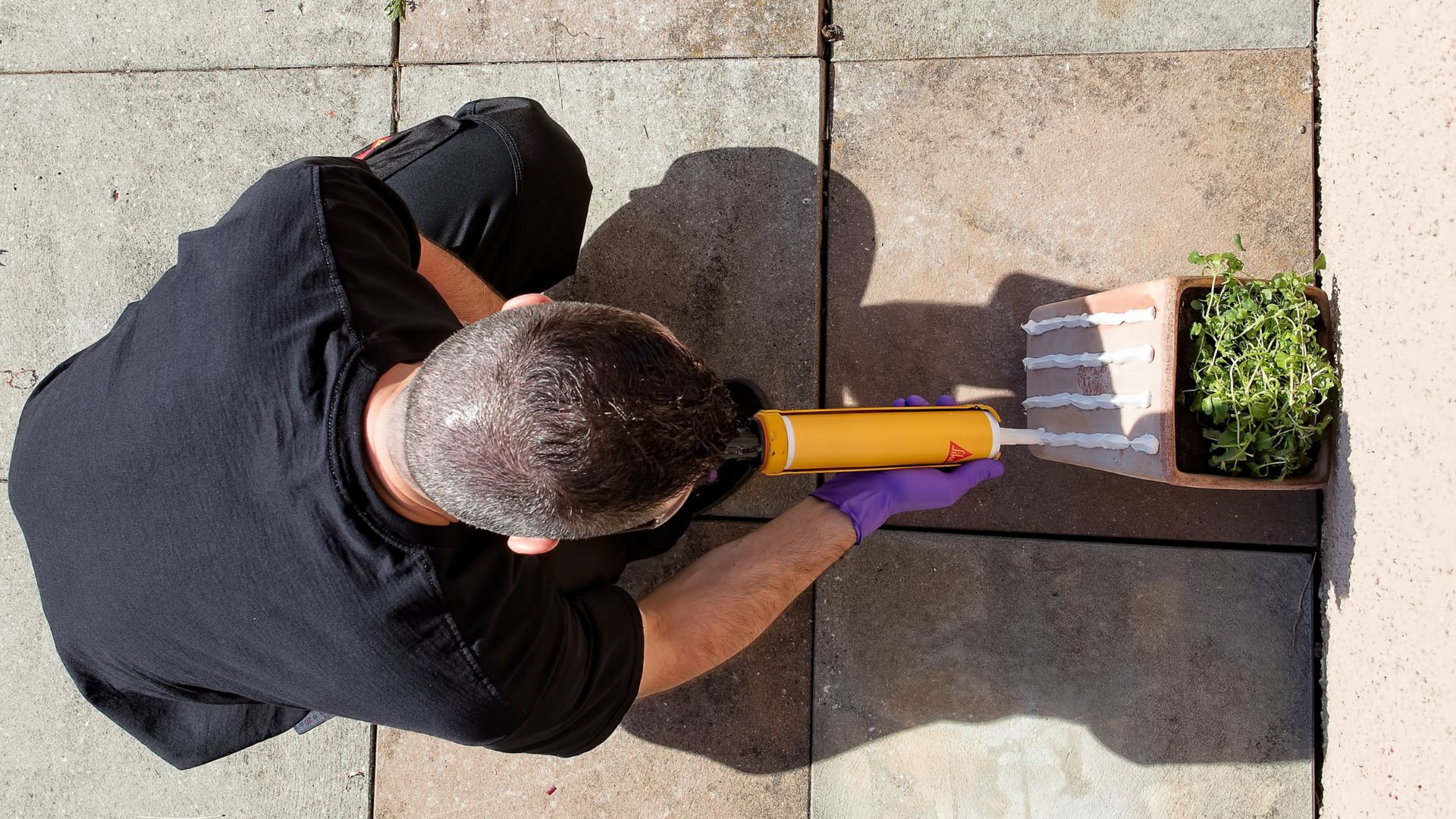The use of construction adhesives for structural and non-structural bonding on construction sites is gaining more importance due to new materials, new methods of building and increasing time pressure. Examples range from the simple bonding of wooden laths, plaster or insulation boards, to the bonding of facade elements and structural reinforcement.
Why Elastic Adhesives Lead to a More Powerful Bond Compared to Mechanical Fixing
A big advantage of elastic adhesives or bonding over traditional mechanical fixing with screws or nails is the larger fixing area and consequently, a far more homogeneous and uniform distribution of any load or stress.
The only disadvantage is the lack of penetration depth when compared to screw fixing and therefore, the need for sufficient surface strength of the elements to be joined plus good adhesion of the adhesive for a durable, strong bond.
Ultimately, elastic adhesives lead to a faster, safer and more durable bond.
FASTER
- Fewer tools
- Clean installation
- No initial fixing
SAFER
- No object damage
- Installation on uneven surfaces
- Good indoor air quality, lowest VOC
MORE DURABLE
- Stress compensation and transfer
- No humidity bewteen objects
- No corrosion

